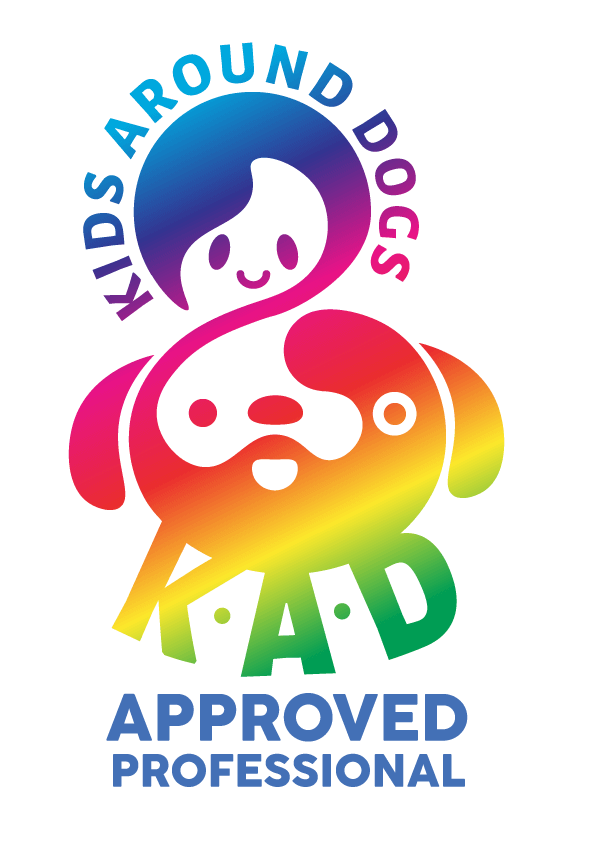Despite the plethora of species sharing the planet with humans, only a privileged few occupy the position of pets.
Pet-keeping is one of the closest forms of human-animal interaction in Western society; dogs being the most popular in the UK (PFMA, 2017). In recent decades data suggest the human-dog relationship involves characteristics similar to those of parent-child relationships (described as ‘attachment’) with dogs demonstrating child-like behaviours such as staying close to their owners for reassurance during stressful situations (Prato-Previde et al., 2003).
There are a number of variables that can influence the dog-owner bond including: the owner’s personality and perception of the relationship, childhood experiences, gender, age, how long they’ve had their pet, marital status and family size. Dogs also influence attachment styles with: breed, size, age, personality and behaviour, playing a role. Consequently, owners typically fall into a few categories where they consider their pet to be either a companion, purely functional or practically human (such as their ‘fur baby’).
Recent studies have shown that despite these differing attachment styles, the depth of people’s affection towards their pooch can be greater than that of their siblings. Meehan et al. (2017) surveyed 1,161 US University students who ranked a higher attachment to their pet than their brothers or sisters. Another study found owners recorded more secure relationships with their pets than their partners (Beck and Madresh, 2015).
Now a new UK report from Freshpet (carried out via OnePoll.com) supports previous findings from the US, noting over half of 2,000 cat and dog owners prefer spending time with their pet than their partner. In fact, 29% said their pet was better at snuggling: 44% prefer to cuddle with their four-legged friends rather than their other half: and more than four in 10 owners admit to giving their dog or cat more attention on a daily basis than their beau. Moreover, when faced with the decision to choose a pet or a partner, 14% said they would rather spend the rest of their life with their pet.
Why is this important?
Not only does it highlight the strong bonds that can be forged between owners and their pets but it also highlights how pet ownership can fulfill various emotional and social needs for owners.
However, it is important to remember that numerous factors can positively or negatively influence this relationship. For example, how an owner behaves and their attitudes can influence their animals’ stress levels (Prato-Previde et al., 2006; Cimarelli et al., 2016). Although an owner may adore their pet they may use traditional training which relies on positive punishment and negative reinforcement (Ziv, 2017) such as shouting, jerking on the lead, pushing the dog down or employing shock or spray collars. This may be based on the advice of others not proficient in their craft, how parents interacted with family pets influencing the owner’s future behaviour with animals, when they gathered their dog knowledge, as well as what they perceived to be successful methods used in the past. Yet there is no evidence that such methods are more effective than positive reinforcement-based training, in fact it is associated with serious adverse effects on dogs’ health and behaviour (Beerda et al., 1998).
Thankfully, research can help improve our understanding of our four-legged friends which may shape the kind of interactions that take place, thereby improving the animal’s welfare and the human-animal bond.
References
Beck, L., and Madresh, E.A. (2015) ‘Romantic Partners and Four-Legged Friends: An Extension of Attachment Theory to Relationships with Pets.’ Anthrozoös 21(1) pp. 43-56.
Beerda, B., Schilder, M.B.H., van Hooff, J.A., de Vries, H.W., and Mol, J.A. (1998) ‘Behavioural, saliva cortisol and heart rate responses to different types of stimuli in dogs.’ Applied Animal Behaviour Science 58 pp. 365-381
Cimarelli, G., Turcsán B., Bánlaki Z., Range F., and Virányi Z. (2016) ‘Ownership styles: parallels with human parenting and their influence on pet dogs’ behaviour in a stressful social situation.’ [online] Available at: http://www.isaz.net/isaz/wp-content/uploads/2014/07/ISAZ-Proceedings-2016.pdf.
Meehan, M., Massavelli, B., and Pachana, N. (2017) ‘Using attachment theory and social support theory to examine and measure pets as sources of social support and attachment figures.’ Anthrozoö 30(2) pp. 273-289.
PFMA (2017) Pet Population 2017: Pet Food Manufacturers’ Association [online] Available at: https://www.pfma.org.uk/pet-population-2017.
Prato-Previde E, Custance, D.M., Spiezio, C., and Sabatini, F. (2003) ‘Is the dog–human relationship an attachment bond? An observational study using Ainsworth’s Strange Situation.’ Behaviour 140 pp. 225–254.
Prato-Previde, E., Fallani, G., and Valsecchi, P. (2006) ‘Gender Differences in Owners Interacting with Pet Dogs: An Observational Study.’ Ethology 112(1) pp. 64-73.
Ziv, G. (2017) ‘The effects of using aversive training methods in dogs – A review.’ Journal of Veterinary Behavior: Clinical Applications and Research 19 pp. 50-60.
Learn more about our classes

Get Hanne's Book
Playing With Your Dog will help any dog owner work out the games that are best suited for their pet to play throughout his life, from puppyhood to old age. The book also shares some tricks for all ages, group activities, and recommended toys that dogs will enjoy.

























